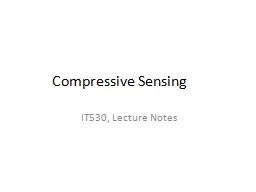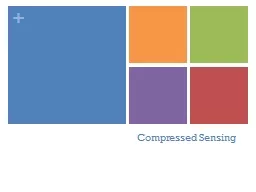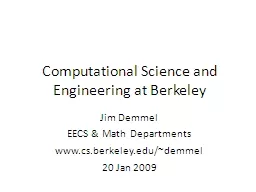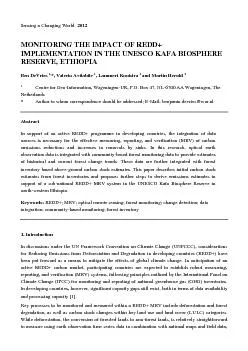PPT-Computational Modeling of the Electrical Sensing Properties of Single Wall Carbon
Author : faustina-dinatale | Published Date : 2019-03-16
Nanotubes By Shawn Bair Organization Introduction Carbon Nanotubes Preparation Properties Applications Electrical Background Field Effect Transistors Literature
Presentation Embed Code
Download Presentation
Download Presentation The PPT/PDF document "Computational Modeling of the Electrical..." is the property of its rightful owner. Permission is granted to download and print the materials on this website for personal, non-commercial use only, and to display it on your personal computer provided you do not modify the materials and that you retain all copyright notices contained in the materials. By downloading content from our website, you accept the terms of this agreement.
Computational Modeling of the Electrical Sensing Properties of Single Wall Carbon: Transcript
Download Rules Of Document
"Computational Modeling of the Electrical Sensing Properties of Single Wall Carbon"The content belongs to its owner. You may download and print it for personal use, without modification, and keep all copyright notices. By downloading, you agree to these terms.
Related Documents














